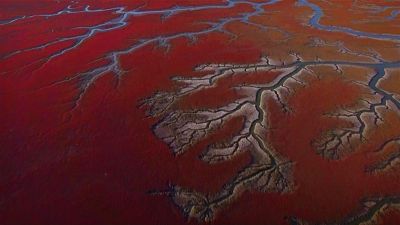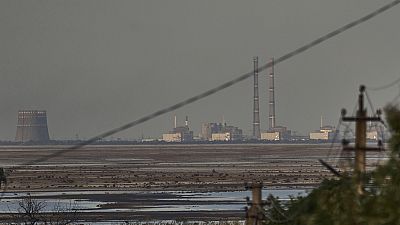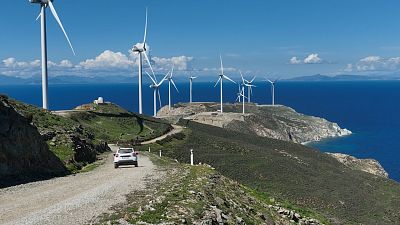Thousands of tourists have flocked to a crimson beach in northeast China to spend their National Day holiday.
The Red Beach, located in Panjin City, Liaoning Province, fascinates visitors from around the world.
Its red colour is caused by a type of seepweed called Sueda, which starts growing in April and May, turns vividly red during the summer, and stays like that until the end of October.
“I think [the beach] deserves my money. It shows vast stretches of [red seaweeds] and it is very natural,” said Li Shouyuan, a tourist from Changchun City of northeast China’s Jilin Province.
“It’s something unique and something that you cannot see any other place in the world. I’ve heard about beaches that are different beaches. Even in my country, Kenya, there is Mombasa beach, there is Diani beach there, and it’s different from this one,” said Yasin Kuso, a Kenyan tourist.
The beach, dubbed the “Chinese Maldives”, hosts the most complete ecosystem and has become home to more than 260 sorts of birds and nearly 400 species of wild animals.
“[The beach] can disappear in an instant. It could be gone without any reason. In order to preserve the wetland and the environment, our scenic spot has cooperated with some universities like Dalian University of Technology and Shenyang Agricultural University to build an environmental monitoring station here,” said Li Zhongjuan, consultant of the Red Beach.
According to Li, the site has been working with academic institutions to study the impact of soil conditions on seepweed. In addition, the staff at the scenic spot has also taken measures to minimize the impact of human activities on the wetland.








































